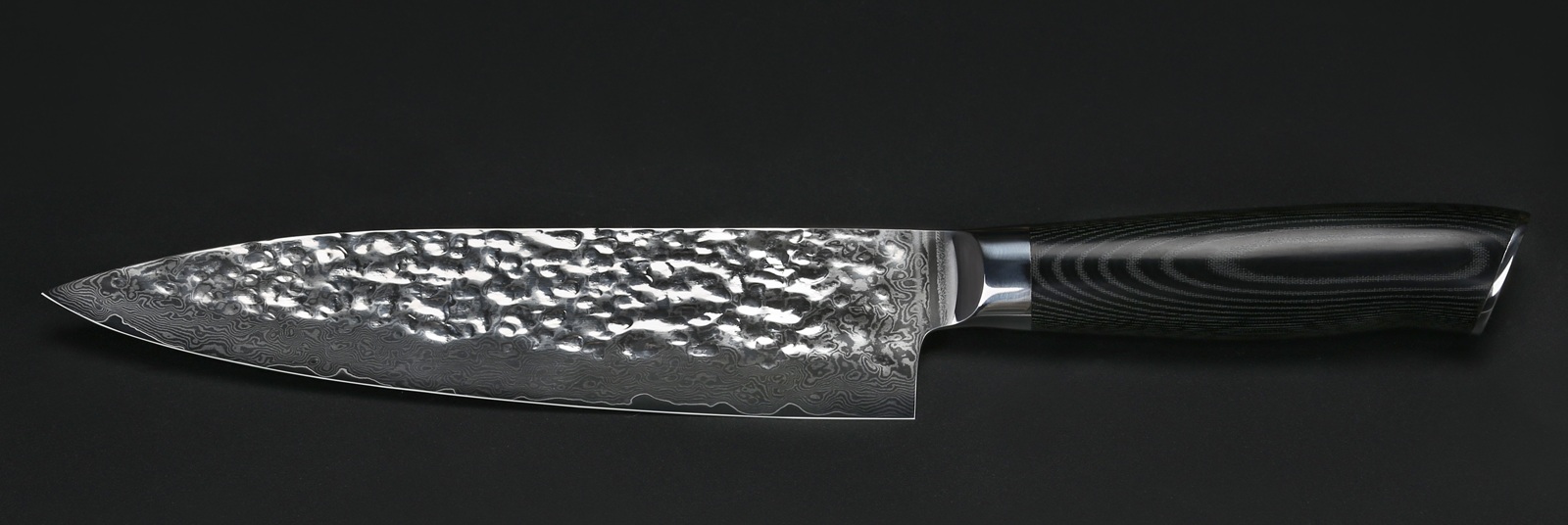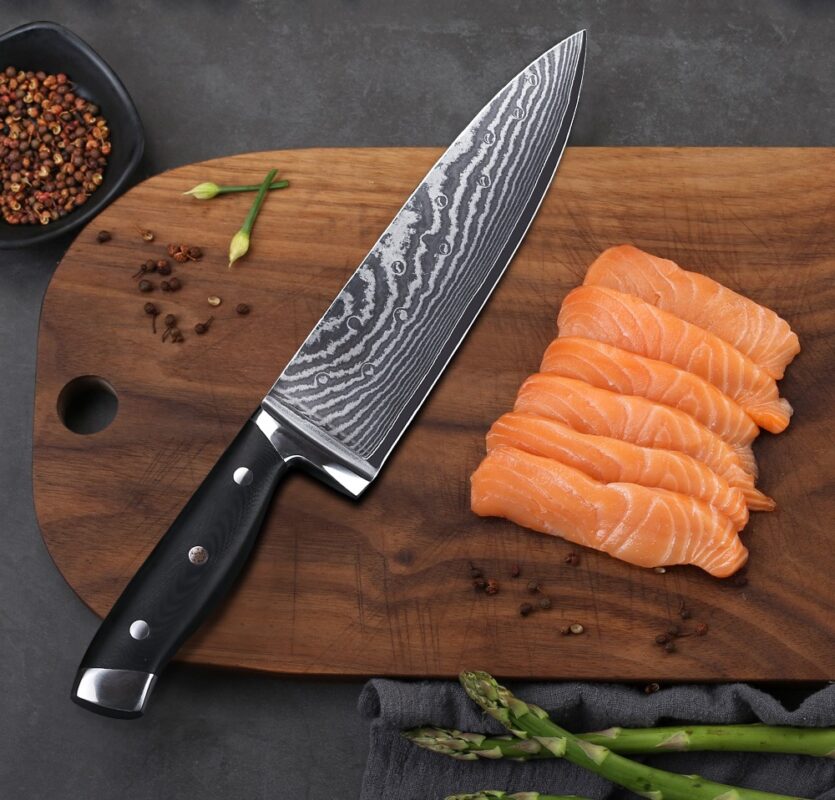Chef's Knives
The Knives Every Culinary Student Should Start With
My name is Joseph, I’m 37 years old, and I’ve spent most of my life chasing flavors and sharp edges. Cooking has always been my passion, but my path to becoming a kitchen knife designer wasn’t a straight line—it was a journey full of long hours, small victories, and a lot of lessons learned.
When I was younger, I worked hard to learn how to cook. Eventually, I opened a little food stand in a wet market. It wasn’t glamorous—just a few tables, a hot stove, and the smell of fresh ingredients filling the air. For ten years, I served food to regulars who became friends, and I learned what it meant to put your heart into every dish.
But over time, I realized something: the tools we use in the kitchen matter just as much as the recipes. A dull knife slows you down, frustrates you, and even makes cooking dangerous. A sharp, well-balanced knife, on the other hand, makes cooking joyful. That’s when I decided to take everything I’d learned from years of cooking and start designing and manufacturing knives myself. Today, I create knives that I wish I’d had back when I was a student and a street vendor—affordable, durable, and sharp enough to keep up with real kitchen life.
I’ve been through the same struggles, so I understand what you’re facing today. Most students don’t know where to start. Do you splurge on something expensive? Do you settle for the cheapest option and hope it lasts? The truth lies somewhere in between. You don’t need the most luxurious knife in the world, but you do need one that’s sharp, reliable, and built to help you learn.
The Core Tools of a Young Chef
Every student needs a chef’s knife—that’s your main tool, the one you’ll reach for 90% of the time. It should feel balanced in your hand and sharp enough to glide through an onion without effort.

Next, you’ll want a paring knife. Think of it as the chef’s knife’s little sibling. It’s perfect for peeling, trimming, and those delicate jobs where precision matters more than power.
A bread knife might not sound glamorous, but once you’ve tried to slice a crusty baguette with a straight blade, you’ll understand why it’s essential. Serrated edges save you from squashed loaves and mangled tomatoes.
Somewhere in between, a utility knife comes in handy. It’s the “grab-and-go” blade for quick tasks—sandwiches, fruit, or anything that doesn’t require the heft of a chef’s knife.
And if your program covers butchery or fish, a boning knife will quickly become your best friend. Flexible, precise, and designed for working around bones, it teaches you finesse and respect for ingredients.
With these five, you’re covered for almost everything culinary school will throw at you.
Choosing the Right Knife
Here’s the thing: the “best” knife isn’t always the most expensive one. What matters is how it feels in your hand, how well it holds an edge, and whether it can stand up to daily use in a busy training kitchen. Students need knives that are sharp, durable, and affordable—tools that make learning easier, not harder.
Our Culinary Arts School Discount Program
At WholesaleChefKnife.com, we believe sharp minds deserve sharper tools. We know students are investing in their future, and schools want to give them the best start possible. Our discount program is designed to make professional-quality knives accessible without the luxury price tag.
- Schools and you can save up to 20% on bulk orders.
- Students can get starter kits with all the essentials at a fraction of retail cost.
- New school partners receive extra perks, like free samples for instructors.
- We also run seasonal promotions around back-to-school and graduation, because timing matters.
It’s not just about selling knives—it’s about supporting the next generation of chefs.


